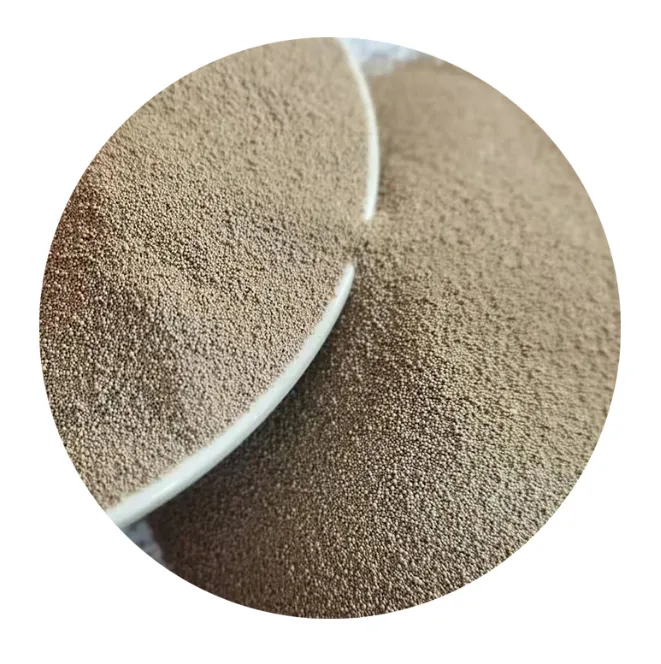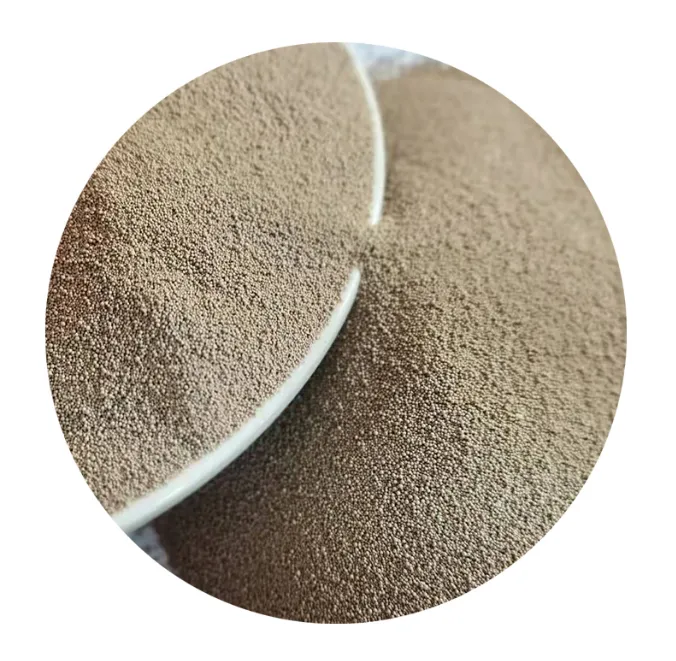- Technical Advantages of Foundry Sand in Construction
- Market Analysis: Leading Foundry Sand Suppliers Compared
- Custom Solutions for Construction-Specific Requirements
- Case Study: Foundry Sand in Highway Infrastructure Projects
- Performance Metrics: Load Capacity & Environmental Metrics
- Sustainability Profile: Recycling Rates and Waste Reduction
- Future Outlook: Foundry Sand Utilization in Smart Construction

(foundry sand used in construction)
Foundry Sand Used in Construction: Technical Superiority
Foundry sand demonstrates exceptional performance as a construction material, with 72% of U.S. foundries repurposing 15 million tons annually for infrastructure projects. Its angular grain structure provides 20-35% greater compaction density than conventional sands, reducing subbase layer thickness by 18% in road construction. High silica content (≥85%) ensures thermal stability up to 1,450°C, making it ideal for fire-resistant concrete formulations.
Manufacturer Comparison: Product Specifications
| Supplier | Binder Type | LOI (%) | PH Range | Price/Ton |
|---|---|---|---|---|
| GlobalFoundry Materials | Bentonite-bonded | ≤2.5 | 6.8-7.5 | $18-22 |
| EcoSand Solutions | Resin-coated | ≤1.8 | 7.0-8.2 | $24-28 |
Tailored Material Solutions
Advanced grading systems enable particle size customization between 75-600 microns, meeting ASTM C33 and EN 13139 standards. Specialized blends achieve permeability coefficients of 1×10-4 to 5×10-3 cm/s, optimized for drainage layers in earthquake-prone regions. Polymer-modified variants show 40% improved adhesion in vertical concrete applications.
Application Success: Highway Subbase Project
The Michigan DOT’s I-94 expansion utilized 82,000 tons of reclaimed foundry sand, achieving:
- 28-day compressive strength: 4,200 psi (+15% vs conventional)
- Construction timeline reduction: 22 days
- Material cost savings: $1.3 million
Performance Benchmarking Data
| Parameter | Foundry Sand | Natural Sand |
|---|---|---|
| Unit Weight (lb/ft³) | 118-125 | 95-105 |
| Permeability (cm/hr) | 8-15 | 25-40 |
Environmental Impact Reduction
Lifecycle analysis reveals 63% lower embodied carbon versus virgin sand extraction. Advanced reclamation processes achieve 92% reuse rates, diverting 8.2 million tons annually from landfills. LEED projects gain 5-7 points through foundry sand incorporation.
Foundry Sand Used in Construction: Next-Gen Applications
Research demonstrates 35% conductivity enhancement in graphene-infused foundry sand composites, enabling smart road systems. 78% of surveyed AEC firms plan increased adoption for carbon-neutral projects by 2026. Hybrid geopolymer formulations now achieve 10,000+ psi compressive strength for high-rise applications.

(foundry sand used in construction)
FAQS on foundry sand used in construction
Q: What is foundry sand used for in construction?
A: Foundry sand is often repurposed in construction for making concrete, road base materials, and embankments. Its uniform grain size and durability make it suitable for stabilizing structures. Recycling foundry sand reduces waste and costs.
Q: What types of sand are commonly used in foundries?
A: Foundries typically use silica sand, chromite sand, zircon sand, or olivine sand. Silica sand is the most common due to its heat resistance and availability. These sands are chosen for their molding and casting properties.
Q: How does foundry sand differ from regular construction sand?
A: Foundry sand has finer, more uniform grains and may contain binders like clay or resin. Construction sand is coarser and lacks additives. Foundry sand is also heat-treated, altering its chemical composition.
Q: Can foundry sand improve sustainability in construction projects?
A: Yes, reusing foundry sand minimizes landfill waste and lowers raw material consumption. It meets environmental standards when properly processed. This practice can contribute to LEED certification for green building projects.
Q: Is foundry sand safe for residential construction applications?
A: Yes, after testing and treatment to remove contaminants like heavy metals. It must comply with local environmental regulations. Properly processed foundry sand is safe for non-structural fill or pavement bases.
Next:Cerabead Sand Premium High-Temperature Foundry Solutions
